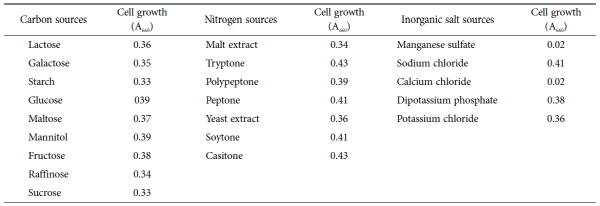Abstract
Aronia (Black chokeberry,
Acknowledgements
This research was supported by High Value-added Food Technology Development Program, Ministry of Agriculture,Food and Rural Affairs(314073-03), and the Ministry of Trade, Industry & Energy (MOTIE), Korea Institute for Advancement of Technology (KIAT) and Establishment of Infrastructure for industrialization of Korean Useful Microbes (R0004073).
Figures & Tables



